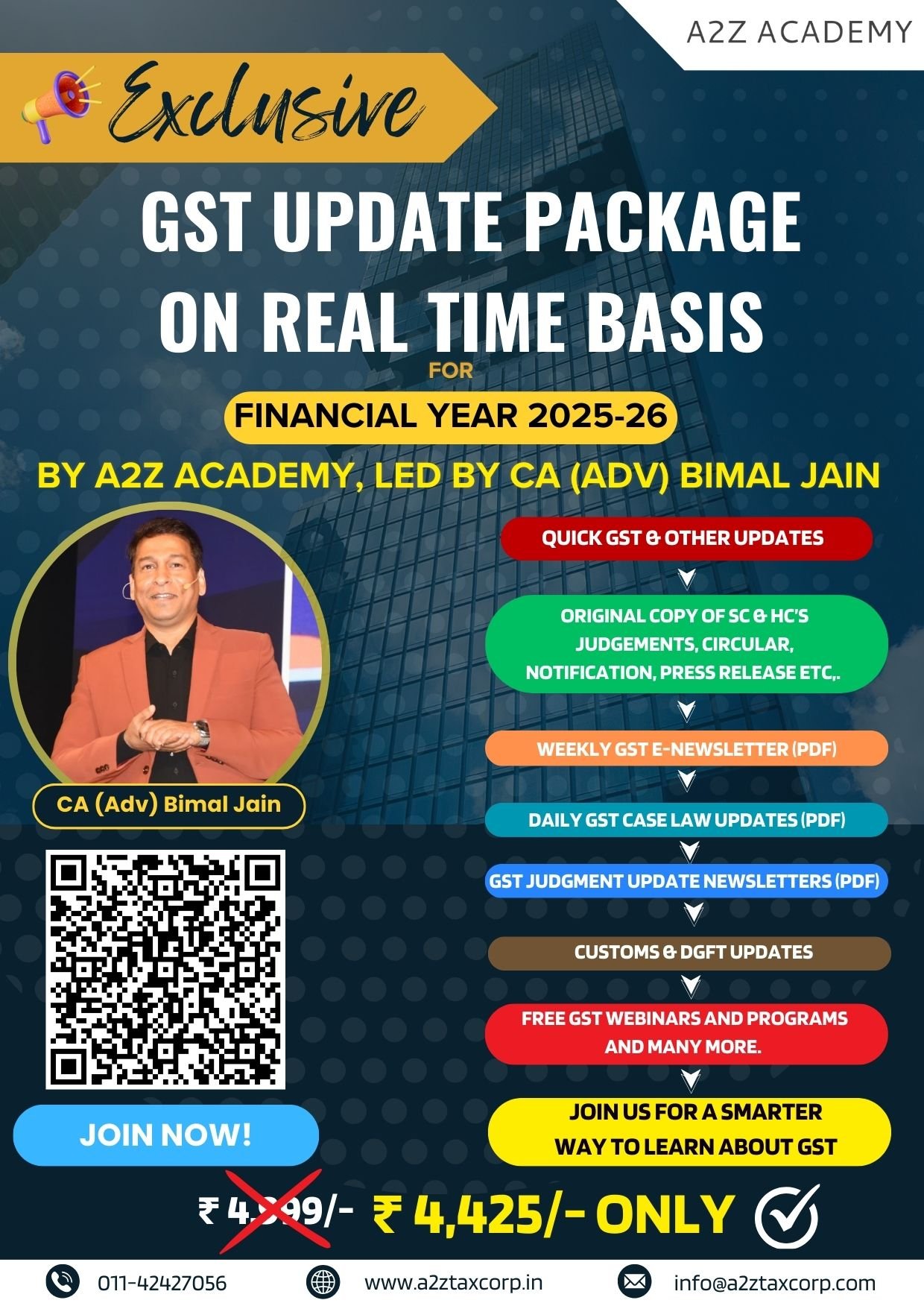
With all the Income Tax Returns (ITR) forms for the Assessment Year 2025-26 (AY26) notified and filing to start soon, the assessees need to be mindful of reconciliation in information under GST and Income Tax, experts say. They cautioned that any discrepancy would result in queries and higher compliance cost.
An ordinary GST assessee need to file monthly returns (GSTR 1, 2B and 3B) and then annual return (GSTR 9 and 9C). While these forms record business transaction, income tax return forms record earnings. Based on a revised MoU (Memorandum of Understanding) signed between Central Board of Direct Taxes (CBDT) and Central Board of Indirect Taxes & Customs (CBIC) on July 21, 2020, data and information are being shared on an automatic and regular basis. Also, the two boards, on request and spontaneous basis, share any information available in their respective databases which may have utility for the other organisation. Such an arrangement emphasises the need for more attention by an assessee.
According to an tax expert, GST’s design assumes that every outward and inward supply entered in a business’ books will exactly replicate across a chain of returns (GSTR-1 → 2B → 3B → 9/9C) and databases (e-invoice IRP, E-way-bill, 26AS). Any break in that digital era triggers automated red flags. “A mid-size distributor can process 100-150 B2B invoices a month; each one must be matched at least twice before credit can be taken,” she said. Further, While GST returns sit on the GSTN, 26AS is generated from income-tax records of TDS/TCS.
“A sale, for instance, results in 2 per cent TDS—visible to the taxman even if the invoice never reached GSTR-1. Matching the two statements becomes mandatory to safeguard TDS/TCS credits ensures cross-platform consistency as AIS (Annual Information Statement) expands to include more GST-linked data,” she said.
Some experts acknowledge that while reporting and reconciling GST turnover with income tax filings has been part of ITR forms for past few years, technology has changed the data capturing and data analytics which in turn result in effective compliance, but that could also add cost. According to another tax expert, small businesses could face higher compliance costs simply to explain genuine differences which may otherwise have arisen due to technical issues and may not necessarily be signs of tax evasion.
“Difference can be due to timing mismatches, high-sea sales, exempt income, or accounting treatment. Thus, taxpayers may end up facing unintended consequences and very much be prone to increased questions during tax assessments. The government should issue guidelines both for the tax officers as well as the taxpayers, perhaps set reasonable thresholds for minor mismatches, and give illustrations to help understand acceptable variances,” he said.
Another tax expert, feels that it is important for the taxpayers to be extremely cautious at the time of filing the income tax return especially regarding reconciliation of receipts from business/profession declared in ITR with GST returns and Form 26AS as such differences will be immediately caught at the time of processing of return. “In case of variance, the tax authorities may raise queries or select return of income for scrutiny assessment depending upon the risk parameters,” he said.


